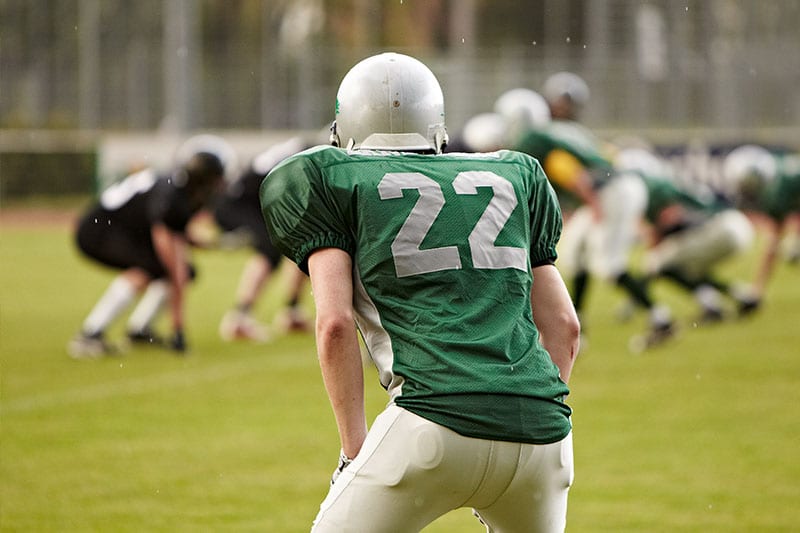Anterior Cruciate Ligament (ACL) Injuries
In general, the incidence of ACL injuries is higher in people who participate in high-risk sports, such as basketball, football and soccer. Yet, the classic ACL injury occurs during a non-contact event usually when decelerating, stopping suddenly, twisting, cutting or jumping. Around half of ACL injuries occur in combination with damage to the meniscus, articular cartilage or other ligaments.
Causes
In general, the incidence of ACL injuries is higher in people who participate in high-risk sports, such as basketball, football and soccer. Yet, the classic ACL injury occurs during a non-contact event usually when decelerating, stopping suddenly, twisting, cutting or jumping. Around half of ACL injuries occur in combination with damage to the meniscus, articular cartilage or other ligaments.
A few more common causes include:
- Suddenly slowing down and changing direction
- Landing awkwardly from a jump
- Receiving a direct blow to the knee



Symptoms
Often the patient will hear or feel a “pop” at the time of the injury and may also experience a brief hyperextension of the knee joint. Directly after the injury, most patients are unable to continue regular activity. A few hours later, the knee will swell considerably.
Treatments
OKC Orthopedics Sports Medicine is committed to helping patients with anterior cruciate ligament (ACL) tears return to the highest level of activity possible. Our team of orthopedic surgeons, physical therapists and athletic trainers work together to tailor a treatment plan to each patient’s needs and goals.
Many patients choose to treat an ACL tear with surgery followed by physical rehabilitation. Our orthopedic surgeons are experts in knee arthroscopy, a minimally invasive procedure in which small instruments and a thin, flexible medical device with a camera pass through an incision the size of a small Band-Aid. After surgery, our physical therapists guide each patient through a personalized rehabilitation program to restore strength and mobility.


